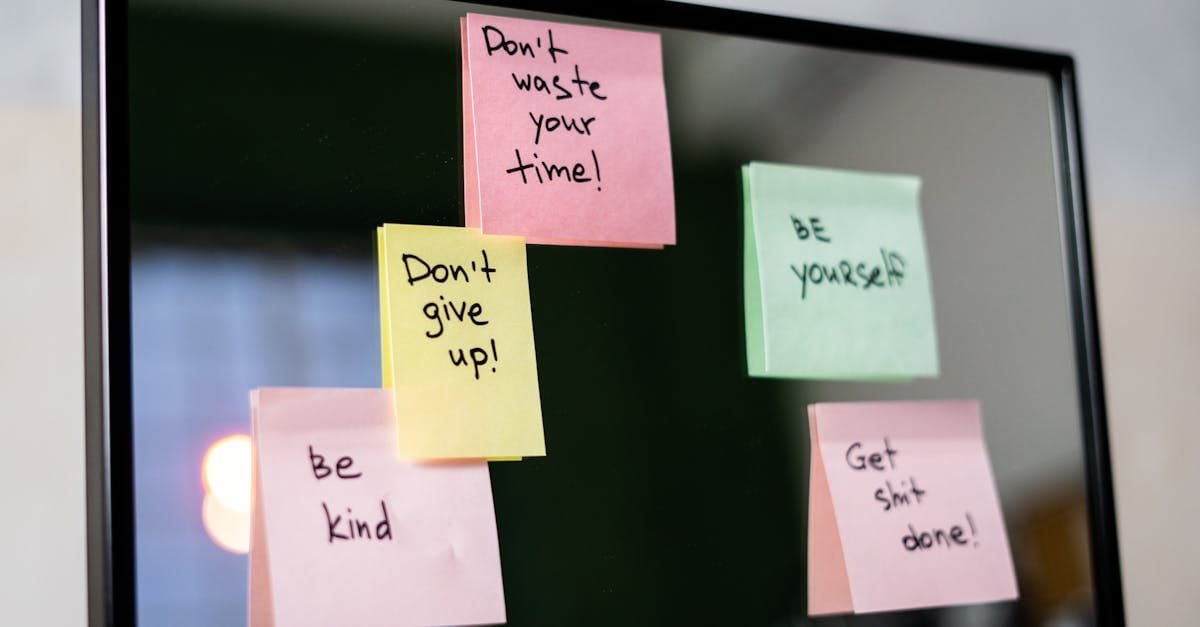Streamlining Approval Workflows for Rapid Results in Services
Do you ever feel like approval workflows are dragging your team down? You’re not alone. Countless professionals grapple with the same issue. Every time you need a simple thing approved, it feels like setting off on a treasure hunt, sifting through layers of processes and people. What if I told you, there’s a better way? Having spent over 20 years in the shared services realm, I’ve seen workflows turned upside down more times than I can count. The challenges? Endless. The solutions? Just as numerous, but it takes a strategic approach to figure out what works best. Let’s break down how you can streamline approval workflows to get rapid results for your services—without losing your mind (or your team’s productivity). Understanding the Importance of Streamlined Approvals Why should you care about streamlining approval workflows? The answer is pretty straightforward: efficiency. The faster approvals roll in, the quicker your projects move forward. Here’s a blunt reality check: each minute wasted in your workflow is potential revenue down the drain. Consider this example: A finance team is waiting a week for a simple budget approval. In that time, market conditions change, demand surges, and opportunities slip away. That’s lost revenue and market share, all because the workflow wasn’t optimized. Now, let’s talk about ways to fix this. 1. Map Out Your Current Process You can’t fix what you can’t see. Grab a notepad or a whiteboard—let’s map out the current workflow. Identify every step, every person involved, and how long it takes. Don’t skip the details! Ask yourself: Who needs to approve? What are the current bottlenecks? Where does information get stuck? 2. Embrace Technology This isn’t a tech seminar, so let’s keep it simple. Tools can be your best friends. Whether you go for workflow management software or simple apps, investing in technology is crucial. Here’s the deal: Choose tools that integrate well with what you already use. Centralize approval requests to eliminate confusion. Set notifications to keep everyone on track. 3. Delegate Authority Not everything needs the CEO’s signature, right? Identify decisions that can be made by others. Trust your team to handle approvals at their level. Less hierarchy means more swiftness in your workflows. 4. Create Clear Guidelines Lay down the law—well, a friendly version of it. If people don’t know what’s expected, chaos reigns. Establish clear guidelines for what requires approval, who approves it, and the timeline. Make these guidelines visible to everyone involved. 5. Regularly Review Your Process Here’s where most teams drop the ball. Just because something works doesn’t mean it’s the best it can be. Set a recurring schedule to review your approval workflow. Ask for feedback from your team. Identify and tackle new bottlenecks as they arise. Continuous improvement is key. Real-World Example Let me share a quick personal story. When I was running a shared service center for a large organization, we faced the classic bottleneck in approval processes. Our procurement team was bogged down with unnecessary checks and sign-offs. So, I gathered everyone for a brainstorming session. We mapped out the process, embraced a new electronic workflow tool, and empowered team members to approve purchases up to a certain limit. The result? We cut approval times by 50%. Projects launched quicker, and the team breathed easier. Wrap-Up Now, you’re armed with some practical steps to streamline your approval workflows for rapid results. It’s about taking action, embracing the right tools, and fostering a culture of agility. Recognize that these changes won’t happen overnight. But with persistence and strategy, you’ll see that much-needed efficiency and speed. If you’re looking for more insights on shared services transformation, I recommend checking out THEGBSEDGE blog. It’s a goldmine of information for anyone deep in the shared services industry. Stay informed, stay ahead!
Streamlining Approval Workflows for Rapid Results in Services Read More »









